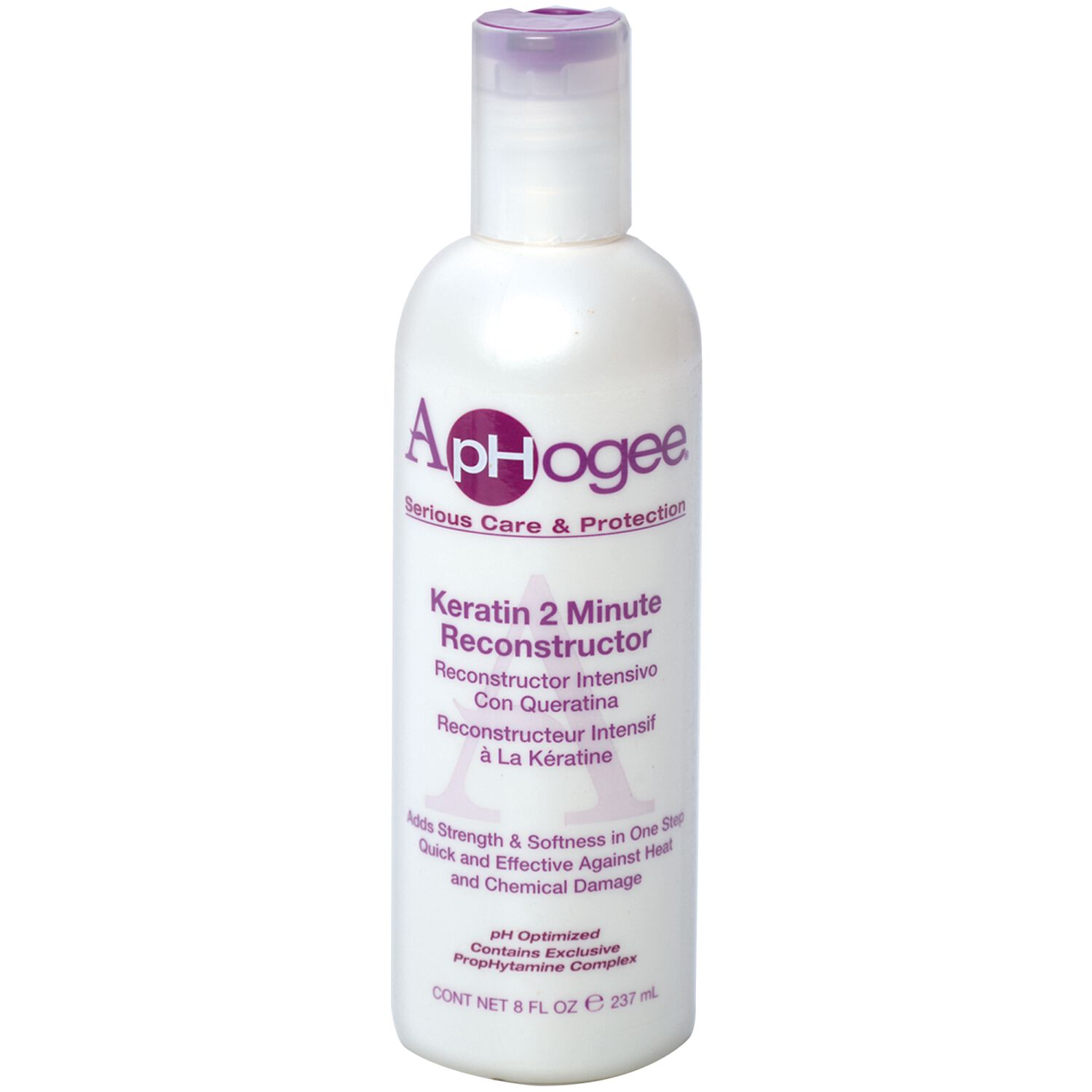Curly hair that forms tight coils, known as 3C hair, can be difficult to manage because of its unusual structure. Dealing with dry, easily broken 3C hair is one of the most difficult aspects of caring for it. Dryness and frizz are the results because the scalp’s natural oils have a more difficult time making their way down the curly strands.
In addition, 3C hair is prone to breakage and damage because of its tendency to coil and knot. Due to its tendency to shrink, it can be difficult to obtain particular hairstyles or to grow it to a given length. Using products that nourish and hydrate the hair, detangling on a regular basis, and staying away from harsh chemicals and heat styling appliances are all great ways to combat these issues.
Causes of Frizz, Dryness, and Breakage

When you have 3C hair, you know the struggle of taming frizz, dryness, and breakage. You may trace many problems back to these root causes:
The Underlying Causes of Each Problem
1. Frizz
When the cuticles of the hair are lifted, water can penetrate the hair shaft and cause frizz. Reasons for this include inherited traits, environmental conditions, and even how you wear your hair.
For instance, 3C hair might become unmanageable in humid conditions because of the extra moisture in the air. Frizz can also be caused by improper hairstyling techniques, such as the use of heat tools or brushing too roughly.
2. Dryness
Because the natural oils produced by the scalp have a more difficult time going down the twists and turns of the curly strands, dryness is a common concern with 3C hair.
Factors including heredity, climate, and styling can all make this worse. Damage to the hair’s protective oils from frequent use of harsh chemicals or heat styling products is a leading cause of dry hair.
3. Breakage
Combinations of hereditary predisposition, neglectful hair care, and rough handling all contribute to hair that is easily damaged and prone to breakage. Knots, tangles, and rough treatment can all contribute to breakage in 3C hair.
Using heat tools or chemicals like dyes or relaxers can also damage hair and cause it to break easily.
Factors Such as Genetics, Weather, and Styling Practices
Frizz, dryness, and breakage can have multiple causes, including heredity, climate, and styling methods. For instance, the hair cuticle of those with curly hair is more permeable than that of persons with straight hair, making their hair more prone to frizz and dryness.
Extremes of temperature or humidity might potentially make matters worse. Frizz and breakage can be caused by harsh brushing or the use of heated styling equipment.
In order to effectively manage these concerns and prevent any future harm to 3C hair, it is crucial to understand their root causes.
Prevention Strategies for 3C Hair

Tips for Preventing Frizz, Dryness, and Breakage
The following are some strategies for protecting 3C hair from damage caused by humidity, heat styling tools, and mechanical tangles:
- Leave-in conditioners and anti-frizz serums soften hair cuticles to prevent frizz. Frizz can result from brushing dry hair. Instead, detangle damp hair with a wide-tooth comb or your fingers and air dry whenever feasible.
- Use curly hair shampoo and conditioner to avoid dryness. Over-shampooing removes natural oils from hair. Instead, wash your hair every 2-3 days and deep condition once a week to hydrate it.
- Avoid tight hair elastics and hair accessories to prevent breaking. Detangle hair from the ends to the roots with a wide-tooth comb or your fingers. Braids, twists, and buns reduce breakage.
Importance of a Healthy Diet, Regular Washing and Conditioning, and Protective Styling
Apart from these tricks, a good diet is also helpful in fostering hair development. Vitamins and minerals found in foods like salmon, avocado, almonds, and leafy greens are crucial for maintaining healthy hair. Keeping the hair clean and well-hydrated also requires frequent washing and conditioning.
If you want to keep your hair from becoming frizzy, dry, and prone to breakage, you should stay away from harsh chemicals and high heat styling equipment. Finally, preventative style methods, such as braids or twists, can help preserve hair from further damage. With these methods, you can keep your 3C hair healthy and beautiful by warding off frizz, dryness, and breakage.
What are Treatment Options
Treating Frizz, Dryness, and Breakage in 3C Hair
- Deep conditioning with shea butter, coconut oil, or argan oil can reduce frizz. These substances soften hair cuticles and minimize frizz. Use a leave-in conditioner or anti-frizz product to manage frizz all day.
- Deep conditioning once a week hydrates dry hair. Honey, aloe vera, and glycerin help hair retain moisture. To avoid further dryness, use a hair oil or butter.
- Repair and strengthen hair to stop breakage. Hydrolyzed keratin or collagen products can strengthen hair and prevent breakage. Avocado and egg hair masks can heal damaged hair.
Products and Ingredients That Can Help Address Each Problem
- Shea Moisture Coconut & Hibiscus Curl Enhancing Smoothie: The shea butter and coconut oil in this formulation can be used to tame unruliness and define curls.

- Camille Rose Naturals Algae Renew Deep Conditioner: Blue-green algae, found in this intensive conditioner, can replenish moisture and fortify strands.

- Aphogee Keratin 2 Minute Reconstructor: With this protein treatment, broken hair can be repaired and breakage prevented.

Tips for Repairing and Strengthening Damaged Hair
- Avoid further damage to your hair by trimming the ends of your hair on a regular basis to eliminate split ends.
- Once a month, treat your hair to a protein treatment to help it grow stronger.
- When your hair is already damaged, the last thing you need is to use harsh chemicals or hot appliances to style it.
- When detangling your hair, be careful not to pull or tug at the tangles.
- Detangle your hair using a wide-tooth comb or your fingers, moving from the ends to the roots.
Styling Tips for 3C Hair
1. Tips for Reducing Frizz and Breakage
- Instead of using a conventional towel to dry your hair, which can be hard on the cuticles and lead to frizz, try a microfiber towel or an old t-shirt.
- Damage to your hair can be prevented by not combing it when it’s dry. Instead, damp hair with conditioner should be detangled with a wide-tooth comb or fingers.
- To keep your hair from drying out and frizzing, try a leave-in conditioner or an oil.
- Use heat styling equipment sparingly because overexposure can cause damage and frizz. It is recommended to apply a heat protectant spray and a low heat setting if heat is absolutely necessary.
- Choose a satin or silk pillowcase to minimize the friction that causes your hair to frizz while you sleep.
2. Protective Styles That Can Help Prevent Damage
- Braids: Braids, like as cornrows, box braids, and others, are low-manipulation hairstyles that can help prevent damage and breakage.
- Twists: If you use a moisturizing product, a protective style such as two-strand or flat twists can also help keep your hair healthy and hydrated.
- Buns: If you wear your hair in a bun and use a hair tie that doesn’t snag or tug on your hair, you can prevent damage to the ends by doing so.
- Wigs and weaves: If you use a wig or weave to protect your natural hair from the stress of everyday styling, remember to treat it well.
3. Haircuts That Work With Your Natural Curl Pattern
- Wash and go: This look requires a wash and the application of a styling product (gel or cream) to the damp hair in order to set the curls as they dry naturally.
- Twist out or braid out: The hair is twisted or braided, then untied and let to dry in a particular way to show curls.
- Bantu knots: Little sections of hair are knotted and twisted into this style, then dried overnight. The next day, the knots are unravelled, revealing distinct curls.
- Finger coils: With this technique, you’ll twist little portions of hair around your finger to make tight curls.
- Pineapple: One way to safeguard your curls while you sleep is to pull them into a loose high ponytail on top of your head, as seen below.


